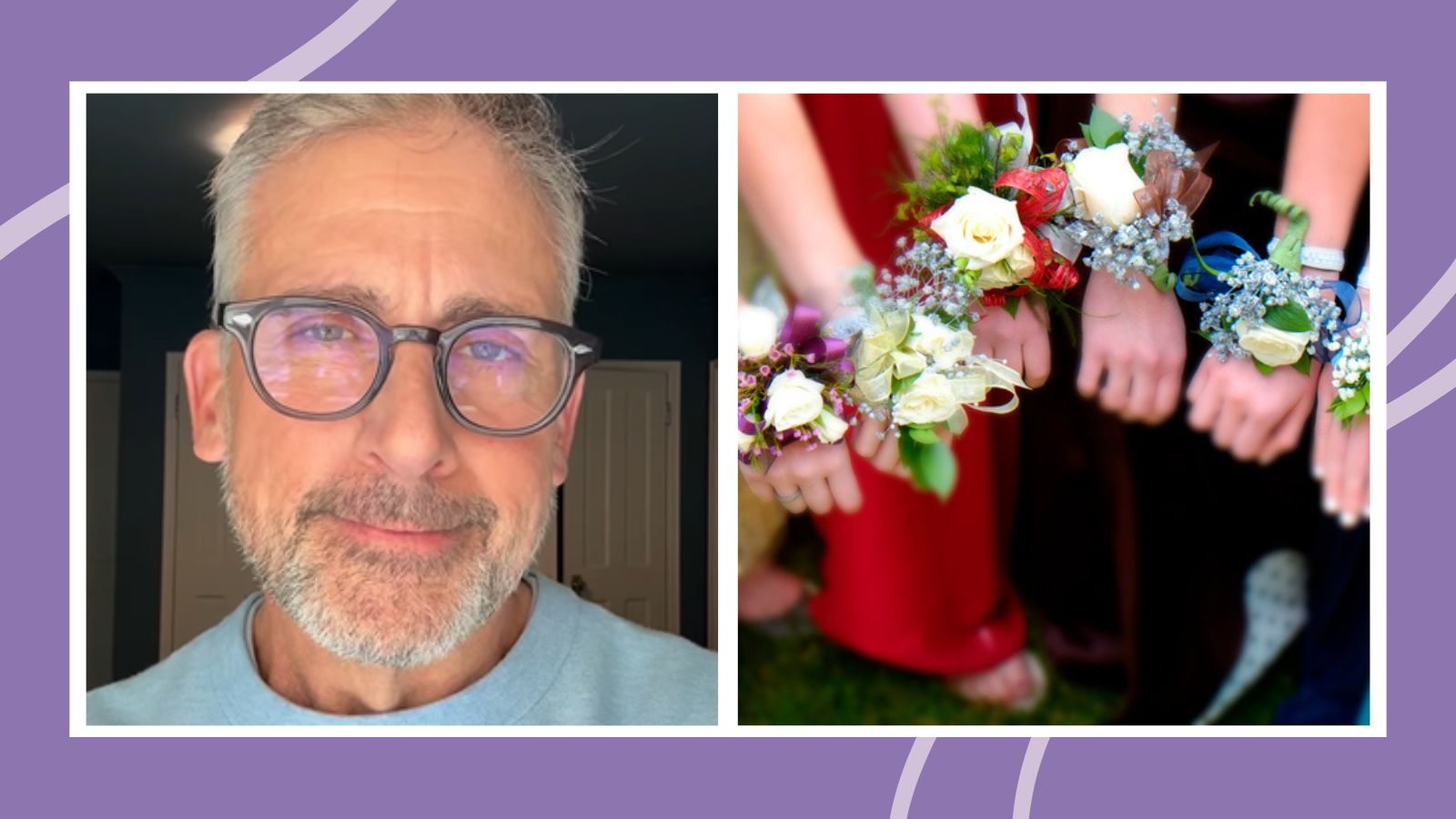Key points:
Aspects of the popular game reinforce curricular concepts for students
How I’m making learning more engaging for my gifted students
How one high school became a Minecraft powerhouse
For more on curricular approaches, visit eSN’s Innovative Teaching hub
I grew up in the 1980s, and Dungeons & Dragons (D&D) was a big part of my teenage years. I was definitely a kid who fell through the cracks because I didn’t want people to notice me.
As a high schooler with undiagnosed learning differences, who often felt misunderstood, D&D became my escape. It was a way to dive into a world where I could be anyone I wanted, at a time when I didn’t feel like I fit in anywhere. Like many parents at the time, mine were concerned about the game’s reputation. They even joined a support group for parents of kids who played D&D! Looking back, it’s a little funny, but it also highlights how different things were back then.
Fast-forward to 2024, marking the game’s 50th anniversary. I’m now an English teacher and case manager at NewHope Academy in Arlington Heights, Illinois, where we integrate Dungeons & Dragons into our curriculum. After a short-lived stint as a musician in my 20s, I knew I needed a plan B, which lead me to a career in education.
I felt a real passion to ensure kids didn’t feel like isolated as I did growing up. I’ve worked at the school for twice-exceptional students–those who are both gifted and have learning or developmental challenges–for nearly 20 years, and having the game be part of my work is a full-circle moment. I’m incredibly grateful for the opportunity to use something I loved as a teenager to support my students today.
NewHope Academy students are bright, imaginative, and full of potential, but they often struggle with social interaction and teamwork. That’s where D&D comes in. The game naturally fosters collaboration and problem-solving, skills that can be difficult for these students to practice in traditional academic settings.
D&D was introduced at NewHope by another teacher in 2010 after reading studies indicating that tabletop role-playing games can give people with autism a low-risk way to engage in social interactions. Since then, it has evolved into something much bigger. Today, it’s so popular at our school that we offer a Dungeons & Dragons elective and also have an after-school club to help new players get started.
Our students are so completely invested in their characters and storylines that they often don’t even realize they are practicing math, language arts, and critical thinking along the way. For example, basic algebra and arithmetic are involved in die rolls, which are reinforced by friendly peer pressure. When students care about the outcome of the game and the events they help construct through their actions, it demonstrates plot elements and arc, seasoned with literary archetypes and tropes. Whether they’re calculating ability scores or challenge ratings or writing character backstories, they’re constantly learning–without feeling like they’re sitting through a typical class.
More importantly, Dungeons & Dragons has helped build a sense of community among our students. As other educators may know, this group of students is typically very averse to working in groups. Many of them struggle with shyness and social connections. Through the game, they learn how to work as a team and support one another. I’ve watched students who were once introverted and reserved give confident presentations, and I’ve seen friendships form that might never have existed outside of the classroom.
For me, D&D is more than just a game or pop culture nostalgia; it’s a powerful tool that helps my students thrive. When you stop to think about it, it’s pretty amazing how many educational goals the game can help students attempt to achieve. It allows them to embrace their creativity, practice essential academic skills, and, most importantly, feel like they belong. For a someone who felt like a misfit as a teenager and as a long-tenured special needs educator, there’s nothing more rewarding than that.
I grew up in the 1980s, and Dungeons & Dragons (D&D) was a big part of my teenage years. I was definitely a kid who fell through the cracks because I didn’t want people to notice me. Curriculum & Assessment, Featured on eSchool News, Game-Based Learning, Innovative Teaching, Curriculum, educator, English, IT, kids, learning, parents, support, teacher, Time eSchool News



